New York City’s origins can be traced back to a humble Dutch trading post established in the early 17th century. From these modest beginnings, the city would evolve into a global economic powerhouse, hosting pivotal moments in American history. Its story is one of remarkable transformation – from a small outpost on the periphery to the bustling commercial and cultural heart of the nation. Along the way, New York grappled with the complexities of the slave trade, the rise of finance, and the tumult of the American Revolution. The city’s past has shaped its present in profound ways, offering a rich tapestry for those eager to uncover its secrets.
Key Points
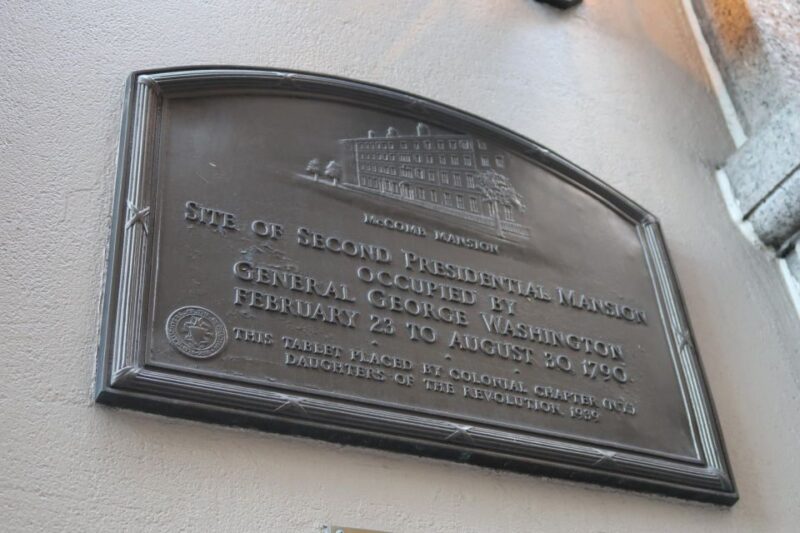
- New York City, originally known as New Amsterdam, was established by the Dutch in the early 17th century and grew into a major port city by the late 1700s.
- Federal Hall, the first meeting place of the U.S. Congress, hosted George Washington’s presidential inauguration and the drafting of the Bill of Rights.
- Influential historical figures like Alexander Hamilton, George Washington, and Thomas Jefferson played pivotal roles in shaping New York’s evolution from a trading post to a global metropolis.
- New York City was a hub for the slave trade during colonial times and also the birthplace of the New York Stock Exchange through the Buttonwood Agreement of 1792.
- The American Indian Museum and Dutch Fort Amsterdam provide insights into New York’s diverse heritage, including the Dutch colonial influence and indigenous interactions.
From Dutch Trading Post to Global City

New York City’s evolution from a Dutch trading post to a global metropolis is a captivating narrative.
In the early 17th century, the Dutch established a trading colony known as New Amsterdam on the southern tip of Manhattan Island. Over the decades, the settlement grew in size and significance, becoming a hub of commerce and immigration.
By the late 1700s, New York had emerged as a major port city and the economic center of the young United States.
Today, it stands as a global financial, cultural, and media capital, a testament to its remarkable transformation from a modest Dutch outpost to one of the world’s most influential and iconic cities.
Fascinated by New York City's past? More historical tours we've covered
Role of the Federal Hall
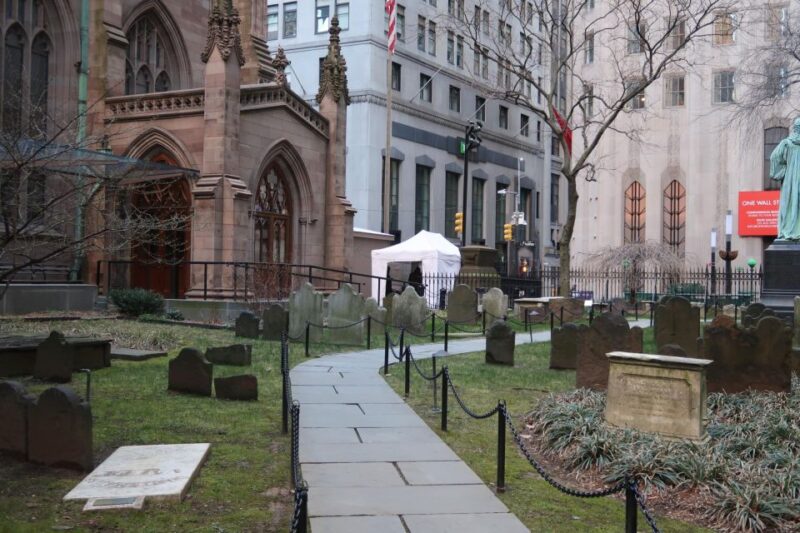
The Federal Hall stood as a pivotal landmark in New York City’s history, serving as the first meeting place of the United States Congress.
It was here that George Washington was sworn in as the nation’s first president, and where the Bill of Rights was drafted.
The building’s strategic location at the heart of the city’s financial district underscored its significance in the early days of the republic.
As the seat of the federal government, Federal Hall witnessed the debates and decisions that shaped the young nation’s future.
Its legacy as a symbol of American democracy and independence endures, making it a must-visit destination for those exploring the city’s rich historical tapestry.
Significant Historical Figures
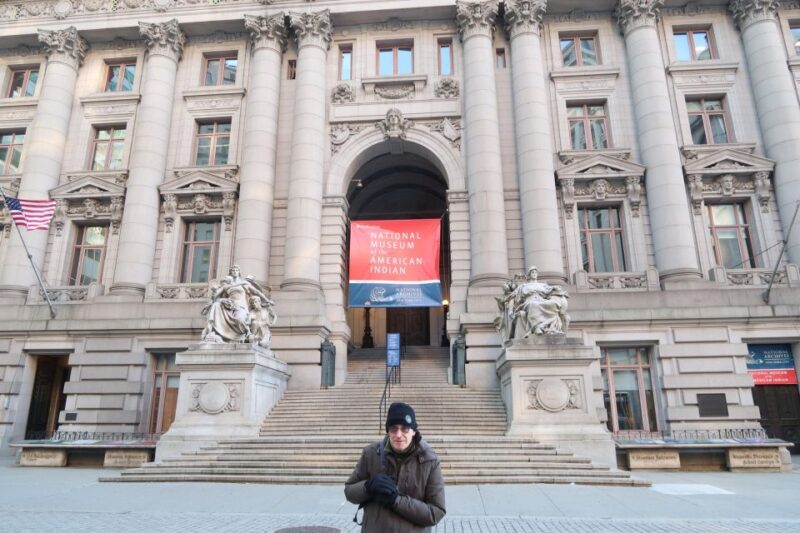
Alexander Hamilton stands as a pivotal figure in the history of Old New York. As one of the Founding Fathers, Hamilton played a crucial role in shaping the nation’s political and financial landscape.
His influence is felt through his involvement in establishing the U.S. Mint, the U.S. Coast Guard, and the New York Stock Exchange. Plus, Hamilton’s contribution to the Federalist Papers and the U.S. Constitution cemented his legacy as a visionary statesman.
Alongside Hamilton, other historical figures like George Washington and Thomas Jefferson left an indelible mark on Old New York, contributing to its evolution from a Dutch trading post to a global powerhouse.
Slave Market and Stock Market Origins
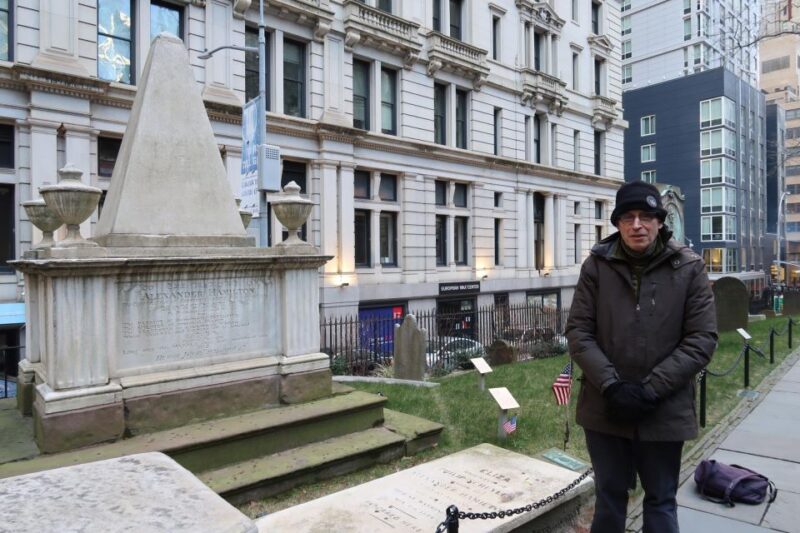
During the colonial era, New York City’s strategic location along trade routes made it a hub for both the slave trade and the development of the nation’s financial markets.
The city was home to one of the largest slave markets in North America, where human beings were bought and sold like commodities.
Plus, the Buttonwood Agreement, signed in 1792, laid the foundations for the New York Stock Exchange, transforming the city into a financial powerhouse.
These dark chapters in New York’s history have had lasting impacts, shaping the city’s development and the broader socioeconomic landscape of the United States.
More Great Thing To Do NearbyAmerican Indian Museum and Dutch Fort
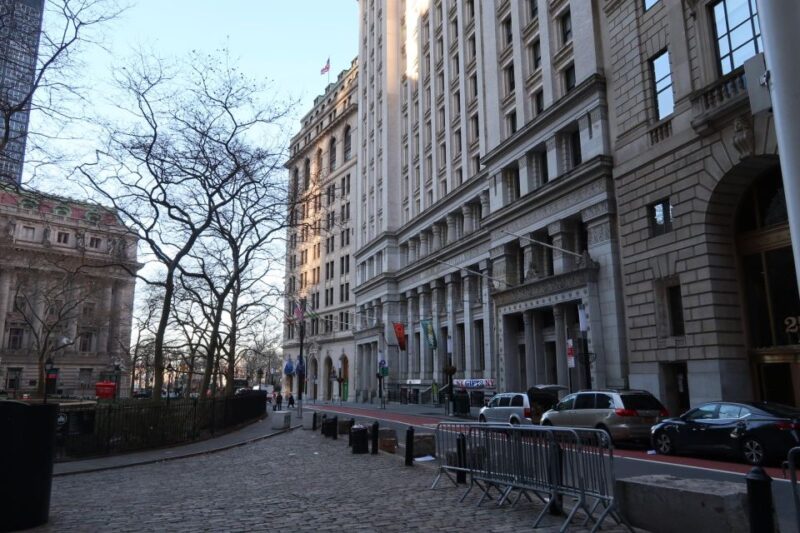
Situated on the present-day site of the American Indian Museum stands the remnants of the former Dutch Fort Amsterdam, a strategic outpost that guarded the nascent settlement of New Amsterdam.
This historic fort played a crucial role in the city’s transformation from a Dutch trading post to the global metropolis it’s today.
Visitors can explore:
- The fort’s foundations and remnants of its defensive walls.
- Exhibits detailing the Dutch colonial influence on New York’s development.
- Insights into the interactions between the Dutch settlers and the indigenous populations.
- The fort’s evolution from a military structure to a center of trade and commerce.
- The significance of this site in shaping New York City’s rich and diverse history.
- SUMMIT One Vanderbilt Experience Ticket
- Statue of Liberty and Ellis Island Tour: All Options
- SoHo, Little Italy, and Chinatown Walking Tour in New York
- New York City Statue of Liberty Super Express Cruise
- 4.5-Hour City Tour: Statue of Liberty, 9/11 Memorial, Wall Street
- Guided Food Tour of Chinatown and Little Italy
Hamilton’s New York City Exploration
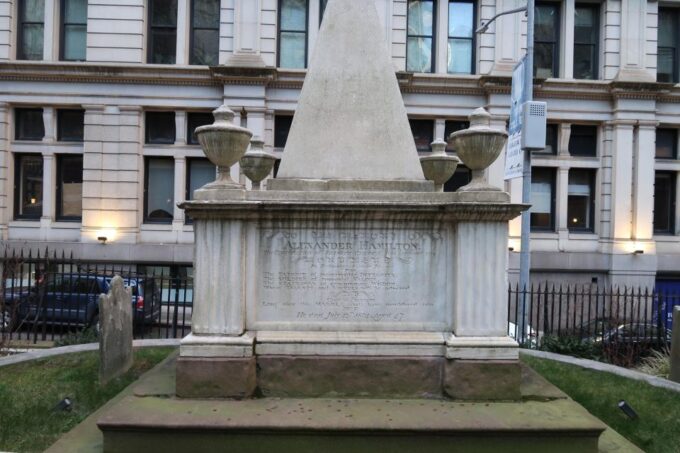
Through the bustling streets of early New York, visitors can trace the footsteps of Alexander Hamilton, one of the nation’s founding fathers and a pivotal figure in the city’s history.
This walking tour explores Hamilton’s New York, delving into his influence on the development of the stock market and the city’s transformation from a Dutch trading post to a global metropolis.
Participants will discover the former site of the first federal hall, where Hamilton played a key role in shaping the young nation.
The tour also examines the impact of historical events on contemporary American society, providing a deeper understanding of the city’s rich legacy.
Buttonwood Agreement and Stock Market Development
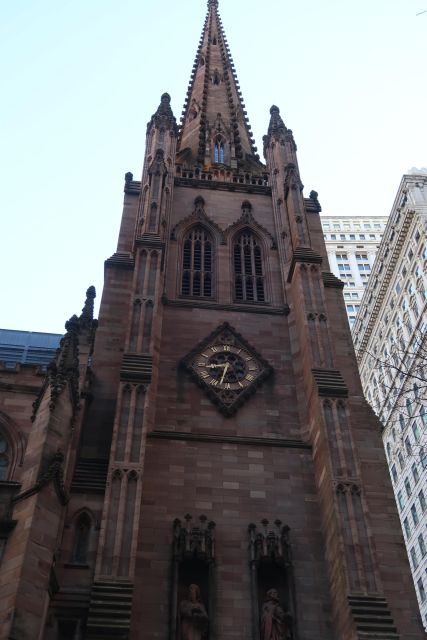
As the tour explores the footsteps of Alexander Hamilton, it also examines the formative years of the city’s financial landscape.
Under the famous Buttonwood Tree, a group of stockbrokers gathered in 1792 to establish the Buttonwood Agreement, laying the foundation for the New York Stock Exchange.
This pivotal moment marked the birth of the nation’s financial center, which would go on to shape the country’s economic future.
The tour delves into:
- The Buttonwood Agreement and its significance
- The development of the stock market and its impact on the city
- The role of key figures in the financial sector’s growth
- The influence of Dutch and English cultures on the financial district
- The lasting legacy of New York City’s financial evolution
Revolutionary War Impact on American Society
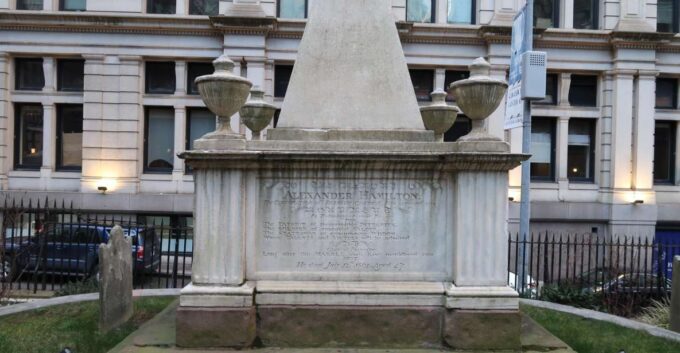
The Revolutionary War had a profound and lasting impact on the development of American society. The war’s events solidified the nation’s commitment to democratic principles and fueled the rise of key historical figures like Alexander Hamilton.
The conflict also shaped the nation’s economy, leading to the creation of the stock market and transforming New York City into a major global financial center.
Plus, the war’s legacy continues to shape contemporary American society, with ongoing debates surrounding the meaning of American independence and the role of government.
The tour’s exploration of these themes provides valuable insights into the nation’s formative years and their enduring influence.
Frequently Asked Questions
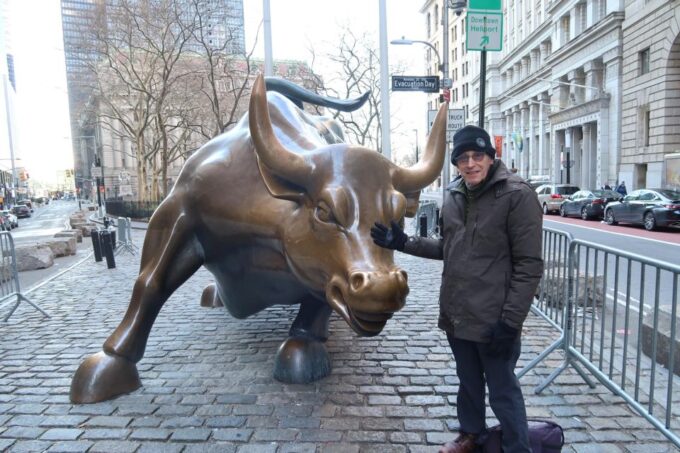
Is Photography Allowed During the Tour?
Yes, photography is allowed during the tour. The tour operator encourages guests to capture the historical sites and landmarks they explore throughout the 2-hour experience in New York City.
How Much Walking Is Involved in the Tour?
The tour involves about 1-2 miles of walking at a leisurely pace. Participants will explore neighborhoods and landmarks on foot, but there are opportunities to rest along the way. The amount of walking is manageable for most visitors.
Are There Any Restroom Breaks During the 2-Hour Tour?
The tour itinerary doesn’t specifically mention restroom breaks, but it’s likely the guide will accommodate requests for brief stops along the way. Participants should feel free to ask the guide about restroom access during the 2-hour experience.
Is the Tour Wheelchair Accessible?
The tour is wheelchair accessible. Guests with mobility challenges can fully participate in the 2-hour walking tour, which explores the historic sites and landmarks of Old New York.
Can the Tour Be Customized for Private Groups?
Yes, the tour can be customized for private groups. The tour provider offers flexible arrangements to accommodate specific group needs and interests. Private group bookings are available upon request with additional fees.
Recap
Old New York’s transformation from a Dutch trading post to a global financial center reflects the complexities of its history. Its role in pivotal moments like the slave trade and the founding of the stock market shaped its unique cultural and economic landscape. Today, the city’s diverse heritage is preserved in landmarks like the American Indian Museum and Federal Hall, serving as a testament to its enduring significance in American history.
You can check if your dates are available here:More Historical Tours in New York City
More Tour Reviews in New York City
Not for you? Here's more things to do in New York City we have recnetly reviewed
- 3 Best Craft Beer Tours And Tastings In New York City
- 16 Best 2 Day Tours In New York City
- 15 Best 3 Day Tours In New York City
- 25 Best Cruises And Boat Tours In New York City
- 20 Best Christmas Experiences In New York City
- 25 Best Dining Experiences In New York City
- 15 Best Full-Day Tours In New York City
- 25 Best Helicopter Flights And Tours In New York City
- 2 Best Jet-Ski Experiences In New York City
- 4 Best 4 Day Tours In New York City
- 3 Best Coffee Tours And Tastings In New York City
- 20 Best Photography Experiences In New York City
